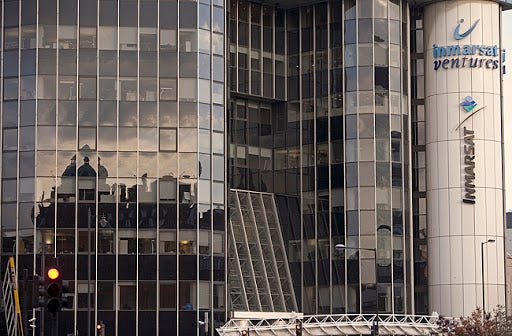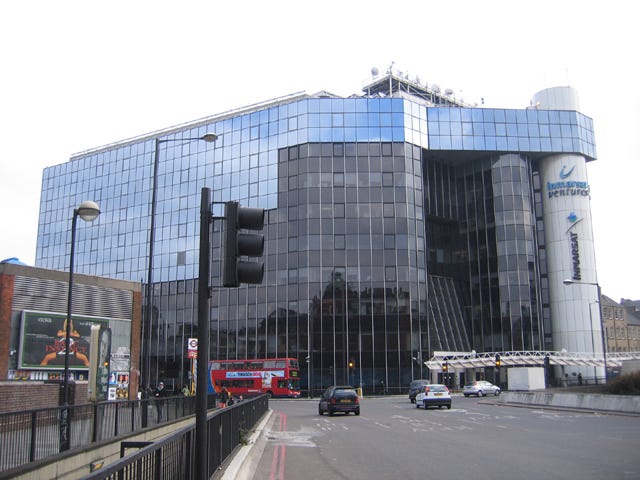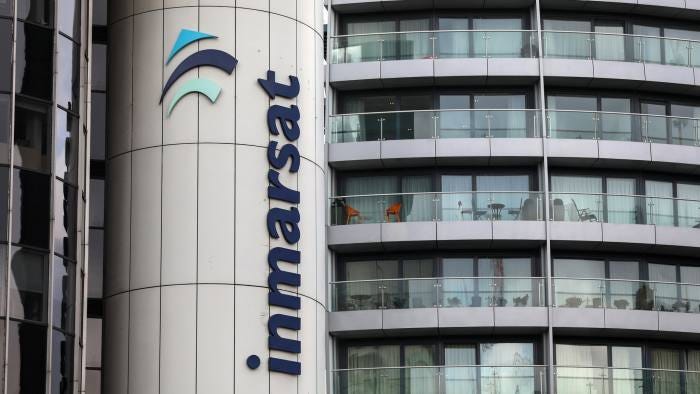I don’t talk enough about London, though there is always this running commentary in my head; a sort of ceaseless wall of assessments and emotions and gaudy opinions about it, what “it” is. Why I live here. What i’m doing here, exactly. About the city where i’ve spent, idk, most of my life (at least, my life in the UK). Because of its size, and because of its slovenly and ancient history — it’s longue duree — you forget that even within the now transparent tracery of its old, mildew-stinking, coal-dark walls, that there is an infinity of life here; or graves of life. To talk about London is always to practice a kind of necromancy, just as it is to be oracular.
u guessed it, i’ve been reading Peter Ackroyd’s London: the biography, which — published on the dawn of a new millennium, back in the year 2,000 — carries with it a kind of new labour din, quite consistent with that era’s obsession with being totalizing, the best in class. in other words, the project of writing a biography of London — to tease out the royal jelly of its exceptionalism, and to found that exceptionalism on a sticky potion of magic and finance — seems like a particularly new labour thing. The publishers were, at least, graceful enough not to feature the Millennium Dome on its cover (i recommend this oral history of the Dome by Imogen West-Knights, btw).

but i want to talk about something deeper, and singular - and magical. London is filled with graves, and it is a composite, a bricoleur, of ruins. But, as a capital of finance (yeah, that old balmy compress of magic and money), it has also been graced with many monuments to finance. Often, these monuments, these places of fiscal tension, tend to age faster than their neighbours by nature of their grubby appeal to the past and to the continuity of money, its accelerating accumulation and progress. Postmodernism arrived because it attempted to massage the conflicting, contradictory anxiousness of 1980s “big boom” capitalism. It soothed itself with formalistic gestures to the past, while rending the garments of the present city. The 1980s also bore witness to an architecture which sought to levitate above the gropey greys of portland stone and the bloody stain of London stock. Playing with the modern, and with the materials and textures of modernity. And eventually, in the year of my birth (1988), it would give rise to 99 City Road, Old Street, or the Inmarsat Building.

at some 10 stories and 42 metres, the Inmarsat — the headquarters of telecommunications, satellite, invisible and lossless babble — yaws and bloats above the “silicon roundabout” laid at its feet; a wet, dankly-lit cruciform of buried tunnels which descend, in mildew wet, toward the dark snake of the Northern Line. This is a pit which yuks up its daily mass of city workers. But this is also the interface where new Shoreditch washes up against the ostentatious towers of the city. In 1990, the year of the Inmarsat’s completion, the “new” Shoreditch (the Box-parkification of London) was not yet even a dream. IRA bombs were still a “thing.” Last orders did not flex deep into the night. The Inmarsat was modern, but it rose out of a ditch - poorly illuminated, and ridden with sickness. “Red,” remarks Ackroyd, “is London’s colour.” And so the Inmarsat desaturated itself; wearing the cloak of sleek, reflective modernity. It became glass and plastic. It wrapped itself in bright blue, computer grey, geometry and circularity. It built up, and it looked up. A showy king, raiding the dressing cupboard of 1980s modernity. The emperor’s fingers were stubby and crude, and fastened themselves around only the loveliest of imaginary fabrics.
The irony of self-consciously “modernist” architecture is how quickly it ages. Again, Ackroyd observes the words of a sixth-century poem of Saxon origin, observing closely the material remnants, the ruins, of Roman London; that they are enta geweorc, the “works of giants.” Sorrow and wonder. The past has crumped; long live the future! But in our London, the present plays fast and loose with the past. It reanimates it, drags it into life. This week, Crystal Bennes observed how developers Ballymore had hired branding consultants to create what she called “faux ghostsigns,” making the dead work for the living. This, an act of historical appropriation where history becomes tool and capital. The body is forgotten about.


So the past confronts us, but with non-linear and faux-real gestures. The anxious city, aware of its desiccated epistemology, gropes fearfully for the detritus of the past that it had to murder in order to be born. Like Macbeth, it cannot quite wash the blood from its hands.
The Inmarsat, so greedy to seem exceptional and “new,” stumbles into its own shadow. The passage of but a handful of years renders it fake and devoid, entirely “of its time.” Its desperation to hold on to its futurability only revealed its anxiety about the past. Looming, devoured by smoke, stained by oil and vapour. Bleak, unstaring. The Inmarsat — once beacon of the future — struggles to lift itself from its knees, so bowed down is it by the immense weight it must carry on its back. As Bifo Berardi has observed, “The idea of the future is central in the ideology and energy of the twentieth century, and in many ways it is mixed with the idea of utopia.” The ideology of the future is made incredibly transparent within the gargantuan massif of the Inmarsat, both long and talk, spidery and gigantic, with its creepy obsession with realizing the future within its stack of glass, box and cylinder, appealing to base geometric forms just as those forms make it seem as fragile as a tower of leaves.

Smoked glass. Reflective windows. The appearance of fortress and keep. Brown, grey cladding, evacuated of any reference to the architectural precedent. As the progenitor of the future, the Inmarsat nervously scatters its own anxieties and concerns around about its feet, like a thief struggling to make away with an over-flowing armful of jewels and baubles. It is defensive, irritable. It is a fortress aware that, in being built, it must become gazed at - and its contradictions daily pulled apart. Greatly confident, it is also immeasurably challenged and weak. Pushing the city and its gaze back upon itself, the mirror being the obverse and weaponized technology of glass. A global corporation whose specialism is satellite communications must know a thing or two about communicating without being seen to open your mouth.
What’s more, it has been rarely written about. It’s not exceptional, architecturally. Of a similar gain and effort, James Stirling’s 1997 1 Poultry might have better negotiated its place among the financial temples and sacrificial pits of the city, learning to clothe itself a little more carefully in the postmodern vestiges of the roman past. Inmarsat, in an effort of needy contrast, tried to snub history. And now it is a ruin of it. A living ruin, perhaps. But a ruin nonetheless.
Red is the colour of London. And as the sun begins to set, the windows of the Inmarsat are filled with the unconquerable ferrite of an ancient and godless fire.



